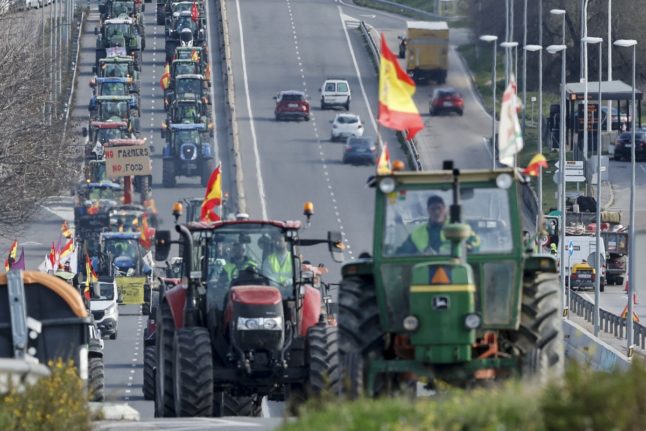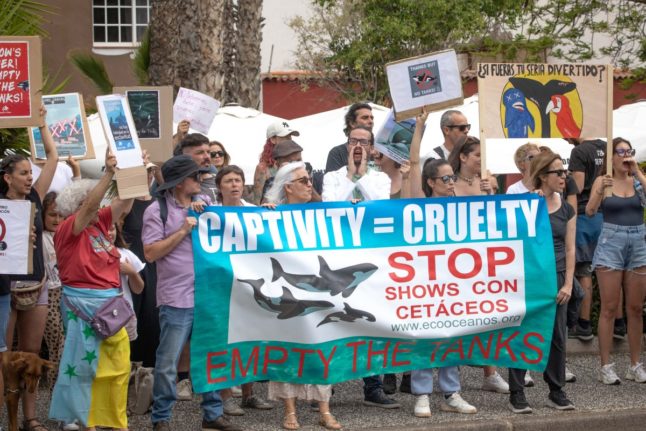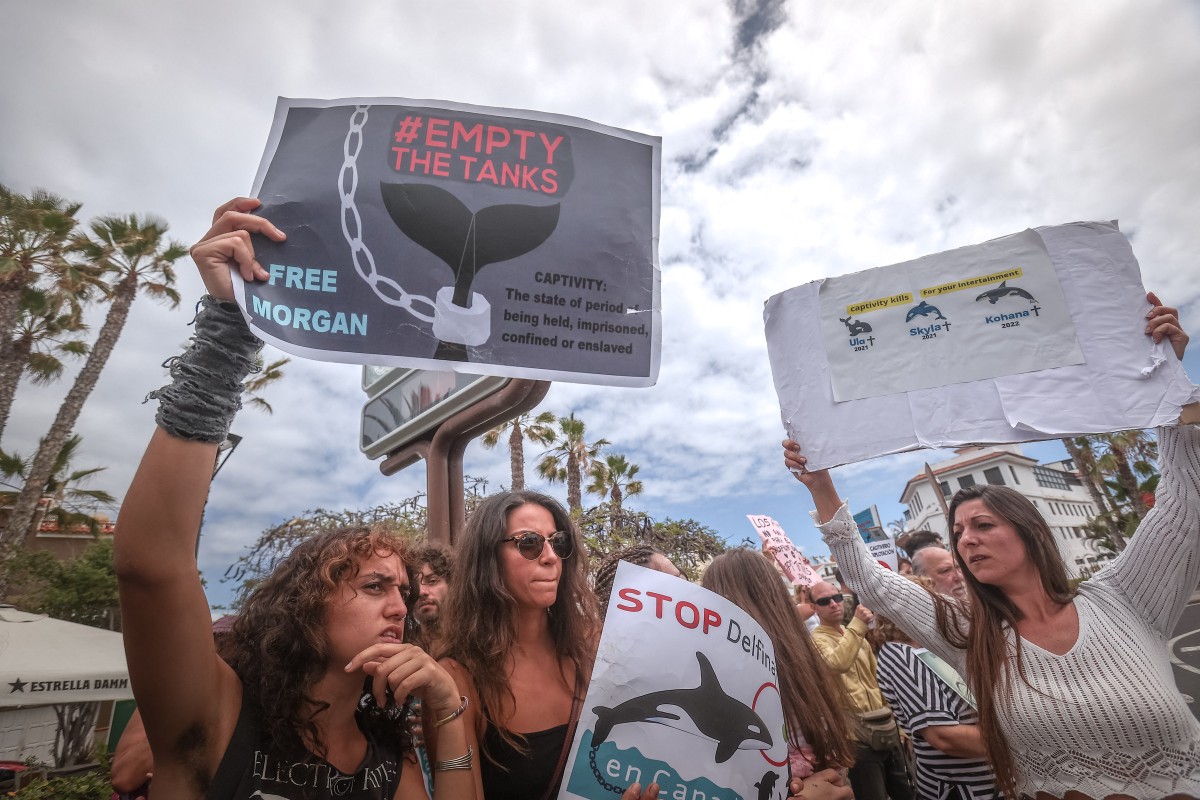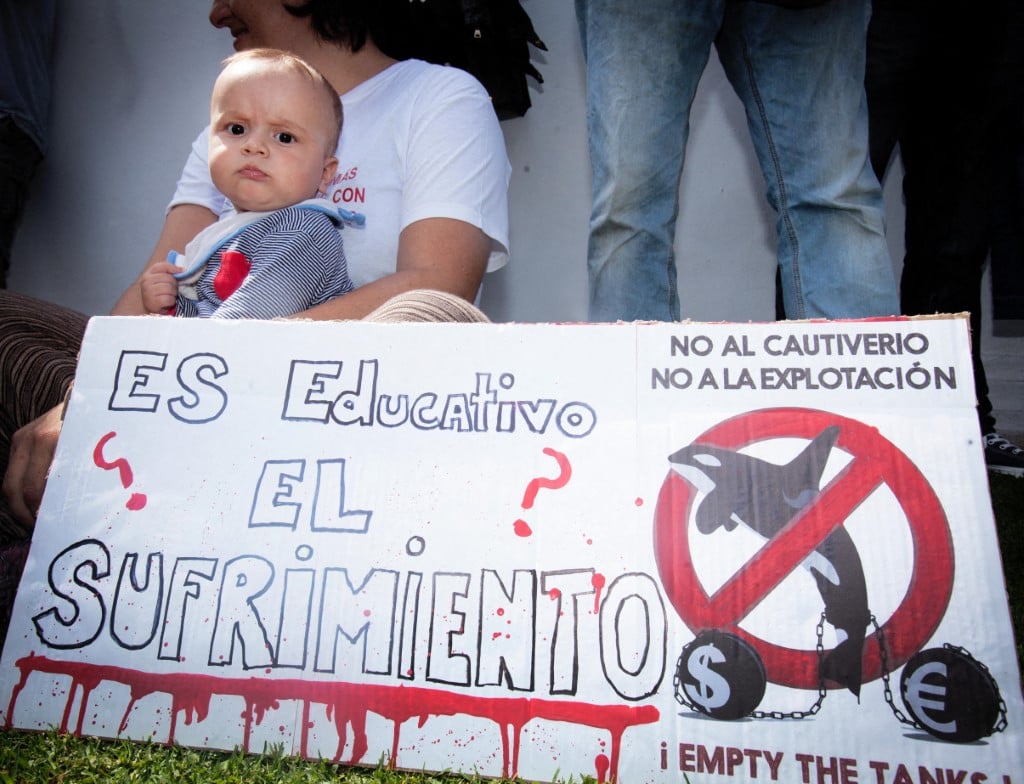Called by the Union of Unions syndicate, the demonstrators began gathering at dawn at various locations near the Spanish capital carrying signs demanding “fair prices” for their products, AFP correspondents said.
Five columns of tractors were seen heading to the city centre where demonstrators were due to gather in front of the agriculture ministry.
“We have to protest in Madrid, because that’s where everyone is. And we also have to upset things a bit,” said Jose Angel Lopez, a farmer from Pancorbo, a town about 100 kilometres (60 miles) south of the northern port city of Bilbao.
Officials said they had granted permission to some 500 tractors to enter the city for the latest in a string of protests that farmers and livestock breeders have been holding across Spain since February 1. What they want is to be able “to include the production costs in the end product so they don’t end up selling their goods at a loss,” top union representative Luis Cortes told TVE public television.
READ ALSO: EXPLAINED: Why are farmers in Spain protesting?
Imported products should be subjected to “the same conditions that Spanish farmers have to face”, said Cortes, referring to goods imported from non-EU countries where farmers don’t have to face the same strict rules and regulations as they do within the bloc.
Demonstrators point to the red tape and the environmental requirements in the EU’s Common Agricultural Policy (CAP) and its forthcoming “Green Deal”.
A string of measures announced last week by Spain’s left-wing government did not go far enough to address the problems, Cortes said. Other protests convened by Spain’s three main agricultural unions Asaja, COAG and UPA were taking place simultaneously in other areas such as Málaga and Murcia in the south, Caceres in the west and Palencia in the north.
Last week, union representatives held talks with Agriculture Minister Luis Planas who pledged to ask the EU to simplify the CAP and to ask Brussels and the World Trade Organization to ensure that imported products respect the bloc’s agricultural rules.
He also pledged to improve legislation governing Spain’s agri-food chain so that producers are not forced to sell their products at a loss.
The European Commission has also made concessions in recent weeks to farmers protesting in several countries across Europe, ahead of elections to the European Parliament in early June.
Which roads are blocked in Madrid due to tractor protests?
The tractor routes, which for many started their journeys from as far away as Extremadura, Castilla-La Mancha, Valencia, Castilla y León, Andalusia and Catalonia, will access the capital from different roads linking them to Madrid.
The tractors will be split into five ‘columns’ of traffic and advance via the routes listed below, meaning that these roads will likely be cut off by police or severely delayed by traffic throughout the day:
Column 1 (southwest): Entering Madrid via Lusitana and continuing along Calle de Marcelo Usera, Puente de la Princesa, Glorieta de Legazpi, Paseo de las Delicias, Calle de Bustamante and Calle Comercio, Avenida de Menéndez Pelayo, Calle de O’Donnell and Calle de Alcalá and Plaza de la Independencia, and then onto Puerta de Alcalá.
Column 2 (north-east): Entering via Avenida de la Hispanidad, continuing along the A-2 towards Avenida de América, Avenida de América, Avenida de Logroño, Glorieta de Canillejas, Calle de Alcalá and Plaza de la Independencia, and then onto Puerta de Alcalá.
READ ALSO: How long will the farmers’ roadblocks in Spain last?
Column 3 (east): Entering via Calle Pirotecnia and Aurora Boreal, joining with Avenida de la Democracia, Plaza de Alosno, Calle de Casalarreina, Avenida de Daroca, the M-23, Calle de O’Donnell and Calle Alcalá before going up to Plaza de la Independencia, next to the Puerta de Alcalá.
Column 4 (north): Entering Madrid along Nuestra Señora de Valverde, continuing along Avenida de Llano Castellano and Calles Mauricio Legendre, Enrique Larreta and Mateo Inurria, Avenida de Pío XII, Príncipe de Vergara and Alcalá until it reaches Plaza de la Independencia, next to Puerta de Alcalá.
Column 5 (west): Arriving via Paseo Ruperto Chapí and Camoens, continuing along Calles Marqués de Urquijo, Alberto Aguilera, Carranza, Sagasta and Génova, Plaza de Colón, Calle de la Armada Española and Calle Serrano, until it enters Plaza de la Independencia, next to the Puerta de Alcalá.







 Please whitelist us to continue reading.
Please whitelist us to continue reading.
Member comments